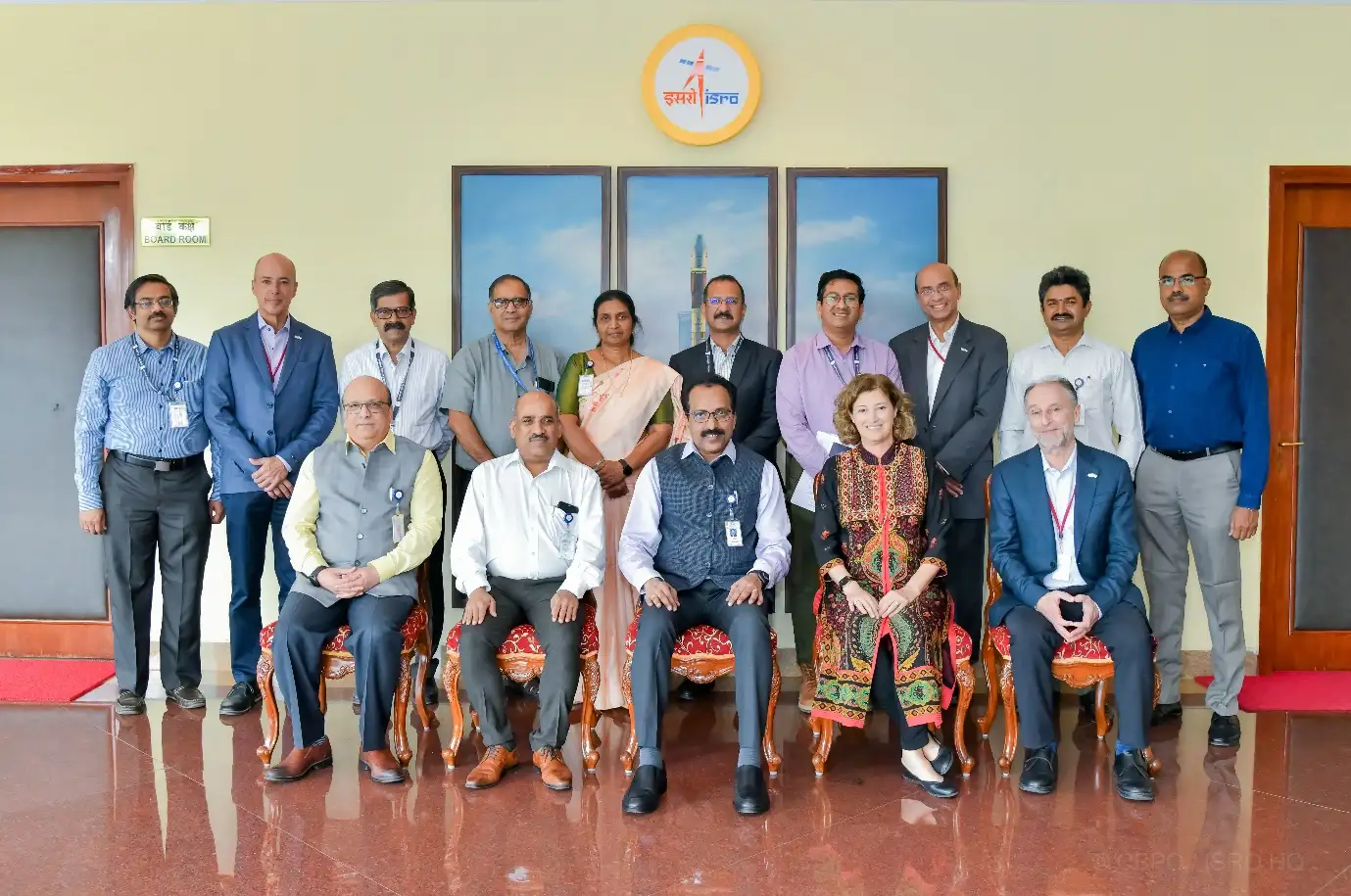Bengaluru, NFAPost: In a landmark collaboration between the National Aeronautics and Space Administration (NASA) and the Indian Space Research Organisation (ISRO), scientists are working hand in hand on the groundbreaking NASA-ISRO Synthetic Aperture Radar (NISAR) mission. Dr. Laurie Leshin, Director of NASA’s Jet Propulsion Laboratory (JPL), expressed enthusiasm during her visit to the ISRO Headquarters on November 15, 2023, where discussions focused on NISAR’s readiness for launch and potential avenues for future cooperation.
NISAR, set to launch in early 2024, is a joint effort aimed at closely monitoring Earth’s land and ice surfaces with unprecedented detail. The mission’s significance lies in its ability to track changes in diverse environments, from coastal mangroves to ice sheets, and even seismic activities worldwide.
Laurie Leshin highlighted the collaborative spirit between NASA and ISRO, emphasizing the excitement and dedication of scientists working side by side. The mission’s nearly equal distribution of responsibilities, with ISRO handling 50% of the project, showcases a seamless partnership that extends beyond borders.
“We are so excited to be working between NASA and ISRO on NISAR, which is a radar machine to look at the surface of the earth and how it is changing,” said Leshin in an interview with ANI in Bengaluru. She explained that India’s interest in understanding changes in mangrove environments aligns with NISAR’s comprehensive observations, including monitoring forests, wetlands, agricultural lands, and geological phenomena.
As NISAR is poised to monitor every part of the planet at least once every 12 days, it is expected to provide invaluable insights into Earth’s dynamics. Beyond its immediate goals, Laurie Leshin expressed NASA’s readiness to explore collaboration on various projects, extending into future missions to the Moon and Mars.
NISAR represents a significant milestone as the first instance of hardware development collaboration between NASA and ISRO for an Earth-observing mission. The Jet Propulsion Laboratory, managed by Caltech in Pasadena, leads the US component, while ISRO’s U R Rao Satellite Centre in Bengaluru spearheads the Indian component, showcasing a true partnership in space exploration.
The satellite, about the size of an SUV and partially wrapped in gold-coloured thermal blanketing, houses a cylindrical radar instrument payload with two radar systems. The anticipation surrounding NISAR’s launch underscores the collaborative efforts of international scientists aiming to unravel the mysteries of Earth’s ever-changing landscapes and beyond.





